Home>Gardening & Outdoor>Plant Care & Gardening Tips>What Kind Of Flowers Are Mums
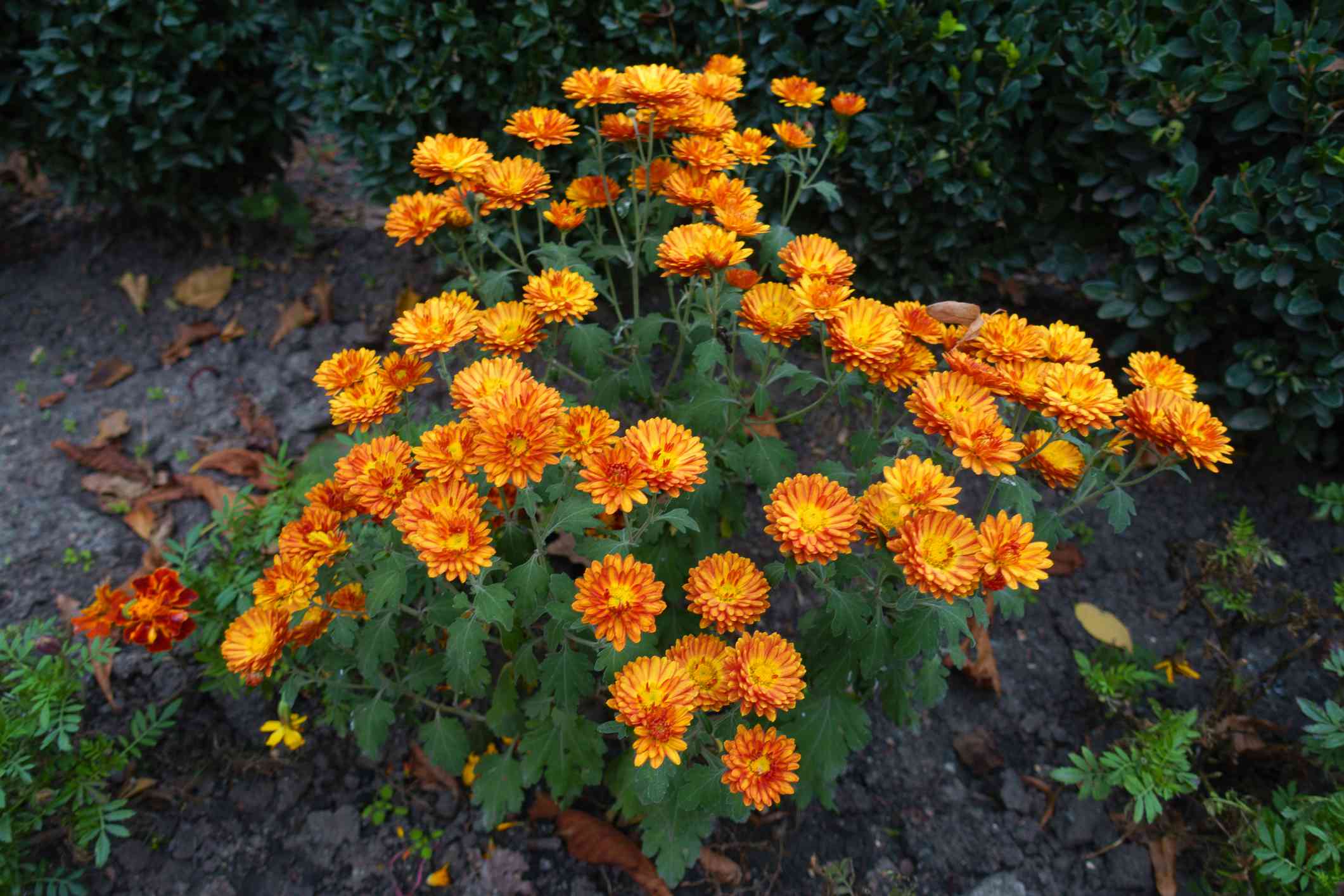

Plant Care & Gardening Tips
What Kind Of Flowers Are Mums
Modified: August 17, 2024
Discover expert plant care and gardening tips for mums, including the best practices for growing and maintaining these beautiful flowers in your garden. Explore everything you need to know about mums and how to care for them effectively.
(Many of the links in this article redirect to a specific reviewed product. Your purchase of these products through affiliate links helps to generate commission for Storables.com, at no extra cost. Learn more)
Introduction
Mums, also known as chrysanthemums, are a beloved and versatile flowering plant that has captured the hearts of gardeners and flower enthusiasts around the world. With their vibrant colors, diverse shapes, and long blooming period, mums have become a staple in gardens, floral arrangements, and cultural traditions.
These resilient and beautiful flowers are native to Asia and northeastern Europe, where they have been cultivated for over 2,500 years. Their name, "chrysanthemum," is derived from the Greek words "chrysos," meaning gold, and "anthemon," meaning flower, reflecting the golden hues of the original species. Over time, mums have evolved into a wide array of colors, including shades of red, yellow, purple, and white, making them a versatile choice for adding a pop of color to any garden or floral display.
One of the most appealing aspects of mums is their ability to thrive in various climates, making them a popular choice for gardeners in both temperate and subtropical regions. Their adaptability and resilience make them an excellent option for both novice and experienced gardeners looking to add a burst of color to their outdoor spaces.
In addition to their aesthetic appeal, mums also hold symbolic significance in different cultures around the world. In some countries, they are associated with honor, loyalty, and joy, while in others, they are used to commemorate the departed during important festivals and ceremonies. This rich cultural symbolism adds an extra layer of depth and meaning to these already captivating flowers.
As we delve deeper into the world of mums, we will explore the different varieties of mums, learn about the best practices for growing and caring for them, discover creative ways to incorporate them into floral arrangements, and uncover the diverse cultural symbolism associated with these enchanting blooms. Join us on this journey as we unravel the beauty and significance of mums in all their splendor.
Key Takeaways:
- Mums, also known as chrysanthemums, come in a variety of colors and shapes, making them a versatile and resilient choice for gardens and floral arrangements. They symbolize joy, honor, and love in different cultures.
- Growing and caring for mums is a rewarding endeavor that requires sunlight, well-draining soil, regular watering, and protection in cold winters. Their long-lasting blooms make them a popular choice for creating vibrant floral arrangements.
Read more: What Kind Of Ribbon Is Used For Mums
The Different Varieties of Mums
When it comes to mums, the sheer variety of colors, shapes, and sizes is truly astounding. These delightful flowers come in an array of forms, each with its own unique characteristics and charm. Understanding the different varieties of mums can help gardeners and flower enthusiasts make informed choices when selecting the perfect blooms for their gardens or floral arrangements.
1. Garden Mums
Garden mums, also known as hardy mums, are perhaps the most popular variety for outdoor planting. They are characterized by their bushy, compact growth habit and abundant blooms. Available in a wide spectrum of colors, garden mums are a delightful addition to any garden, providing a burst of color in the fall when many other flowers have faded.
2. Florist Mums
Florist mums, as the name suggests, are favored by florists for their large, showy blooms and long stems. These mums are often used in floral arrangements and bouquets, adding a touch of elegance and vibrancy. With their intricate petal arrangements and striking colors, florist mums are a standout choice for creating eye-catching floral displays.
3. Spider Mums
Spider mums, also known as quill mums, are distinguished by their long, tubular petals that resemble spider legs, hence the name. These whimsical blooms add a playful and unconventional touch to any floral arrangement, making them a favorite among those seeking a unique and eye-catching floral display.
Read more: What Kind Of Soil Do Mums Like
4. Button Mums
Button mums, with their petite, button-like blooms, exude a charming and dainty appeal. These compact flowers are often used as filler in floral arrangements, adding texture and visual interest. Their rounded shape and diverse color palette make them a versatile choice for adding a touch of whimsy to any bouquet or centerpiece.
5. Spoon Mums
Spoon mums, as the name implies, feature petals that are spoon-shaped, adding a distinctive and elegant touch to their appearance. These mums are prized for their graceful and refined look, making them a popular choice for adding a touch of sophistication to floral compositions.
6. Belgian Mums
Belgian mums, also known as football mums, are renowned for their large, spherical blooms and robust stems. These mums are often favored for their impressive size and longevity, making them a striking choice for creating impactful floral arrangements and centerpieces.
With such a diverse range of mums to choose from, there is a perfect variety to suit every taste and occasion. Whether adorning a garden with a splash of color, creating captivating floral arrangements, or simply enjoying the beauty of these enchanting blooms, the different varieties of mums offer a wealth of options for adding natural beauty to any setting.
Growing and Caring for Mums
Growing and caring for mums is a rewarding endeavor that allows individuals to cultivate these stunning flowers and witness their vibrant blooms flourish. Whether you are a seasoned gardener or a novice enthusiast, understanding the essential steps for nurturing mums is crucial for ensuring their health and longevity.
Selecting the Ideal Location
Mums thrive in locations that receive ample sunlight, ideally six hours or more per day. When choosing a planting site, it is important to ensure that the soil is well-draining to prevent waterlogging, which can lead to root rot. Additionally, mums benefit from being sheltered from strong winds, as this can damage their delicate blooms.
Planting and Soil Preparation
Before planting mums, it is advisable to prepare the soil by incorporating organic matter such as compost or well-rotted manure. This enriches the soil, providing essential nutrients for the plants. When planting, ensure that the root ball is level with the soil surface and space the plants according to their mature size to allow for adequate air circulation.
Watering and Maintenance
Mums require regular watering, especially during dry periods, to keep the soil consistently moist but not waterlogged. Mulching around the base of the plants helps retain moisture and suppresses weed growth. Regular deadheading, which involves removing spent blooms, encourages continuous flowering and enhances the overall appearance of the plants.
Fertilization and Pruning
Applying a balanced, slow-release fertilizer in the spring helps promote healthy growth and abundant blooms. It is important to follow the manufacturer's recommendations for the appropriate application rate. Additionally, light pruning in the early stages of growth encourages bushier, more compact plants and can help prevent leggy growth.
Read more: What Size Pot For Mums
Overwintering Mums
In regions with cold winters, providing adequate protection for mums is essential. Applying a layer of mulch around the base of the plants helps insulate the roots and protect them from freezing temperatures. Alternatively, mums can be potted and overwintered indoors in a cool, well-lit area until the following spring.
By following these guidelines for growing and caring for mums, individuals can cultivate healthy, vibrant plants that reward them with an abundance of colorful blooms. With proper attention and maintenance, mums can thrive and bring joy to gardens, floral displays, and outdoor spaces, showcasing their enduring beauty throughout the seasons.
Using Mums in Floral Arrangements
Mums, with their diverse colors, shapes, and long-lasting blooms, are a versatile and captivating addition to floral arrangements. Whether used as the focal point or as complementary elements, mums bring vibrancy and elegance to any composition. Their ability to thrive in various climates and their availability in different varieties make them a popular choice for florists and flower enthusiasts seeking to create stunning floral displays.
Focal Point Blooms
When used as focal point blooms, large and showy varieties of mums, such as florist mums and Belgian mums, take center stage in floral arrangements. Their striking colors and intricate petal formations draw the eye and add a touch of grandeur to bouquets and centerpieces. Whether in monochromatic arrangements or mixed with other flowers, these mums command attention and create a sense of opulence.
Textural and Color Contrast
Mums also excel in providing textural and color contrast in floral compositions. Their diverse forms, including spider mums, button mums, and spoon mums, offer a range of textures that add depth and visual interest to arrangements. Additionally, the wide spectrum of hues available in mums allows for creative color combinations, from bold and vibrant to soft and pastel, enhancing the overall aesthetic appeal of the floral display.
Read more: What Do Mums Symbolize
Longevity and Versatility
One of the key advantages of using mums in floral arrangements is their longevity. Mums have a relatively long vase life, making them an ideal choice for creating long-lasting bouquets and centerpieces. Their ability to hold up well in arrangements ensures that the beauty of the display endures for an extended period, bringing joy to both the creator and the recipient.
Seasonal Significance
In addition to their aesthetic appeal, mums hold seasonal significance, particularly in the fall. As other flowers wane with the changing seasons, mums come into their own, offering a burst of color and vitality. Incorporating mums into fall-themed arrangements evokes a sense of warmth and abundance, capturing the essence of the season and infusing the display with a touch of seasonal charm.
Complementary Elements
Mums also serve as excellent complementary elements in mixed floral arrangements. Their versatility allows them to harmonize with a wide range of flowers, foliage, and decorative accents, adding balance and cohesion to the overall composition. Whether used in hand-tied bouquets, vase arrangements, or floral centerpieces, mums contribute to creating visually captivating and harmonious displays.
Incorporating mums into floral arrangements offers endless creative possibilities, allowing for the expression of individual style and artistic vision. Their beauty, longevity, and versatility make them a cherished component of floral design, enriching any setting with their enchanting presence. Whether adorning a wedding bouquet, adorning a festive centerpiece, or brightening a living space, mums bring a touch of natural splendor to every occasion.
The Symbolism of Mums in Different Cultures
Mums, also known as chrysanthemums, hold deep cultural significance in various societies around the world. Their symbolism transcends mere aesthetics, representing profound meanings that are woven into the fabric of different traditions and belief systems. Let's explore the diverse cultural symbolism of mums and the rich tapestry of meanings associated with these enchanting blooms.
Read more: What Animal Will Eat Mums
Asia: Reverence and Honor
In many Asian cultures, particularly in China and Japan, mums are revered as symbols of longevity, rejuvenation, and vitality. They are often associated with the autumn season and are celebrated during the Chrysanthemum Festival in China and the Festival of Happiness in Japan. These festivals honor the beauty and resilience of the chrysanthemum, showcasing its significance as a symbol of life and endurance.
Europe: Mourning and Remembrance
In European cultures, mums have been historically linked to themes of mourning and remembrance. In countries such as France, Italy, and Spain, mums are commonly used as funeral flowers, symbolizing grief, sympathy, and the honoring of departed loved ones. Their somber yet dignified presence in funeral arrangements reflects their role as emblems of respect and commemoration.
United States: Cheerfulness and Positivity
In the United States, mums are often associated with positivity, cheerfulness, and optimism. They are frequently used as decorative elements during the festive season of Thanksgiving, symbolizing abundance, gratitude, and the bountiful harvest. Their vibrant colors and robust blooms evoke a sense of joy and celebration, adding a touch of warmth to autumnal decorations and gatherings.
Australia: Mother's Day and Love
In Australia, mums hold special significance as symbols of love and appreciation, particularly in the context of Mother's Day. The gift of mums on Mother's Day is a heartfelt expression of love and gratitude towards mothers and maternal figures, honoring their nurturing presence and unconditional care. Mums serve as poignant reminders of the enduring bond between mothers and their loved ones.
Read more: What Is A Flower Steamer
Global Symbol of Respect and Admiration
Across cultures, mums are universally regarded as symbols of respect, admiration, and honor. Their enduring beauty and resilience mirror the qualities of strength and dignity, making them a fitting tribute to individuals deserving of recognition and esteem. Whether used in cultural ceremonies, festive occasions, or personal gestures, mums convey a universal message of reverence and appreciation.
The diverse cultural symbolism of mums reflects the profound impact of these blooms on human emotions, traditions, and rituals. Their ability to embody a wide spectrum of meanings, from reverence and remembrance to cheerfulness and love, underscores their enduring relevance in the tapestry of global cultures. As mums continue to captivate hearts and inspire awe, their symbolism remains a testament to the timeless connection between humanity and the natural world.
Conclusion
In conclusion, mums, or chrysanthemums, stand as a testament to the enduring beauty and cultural significance of flowers. From their diverse varieties to their rich symbolism in different cultures, mums continue to captivate and inspire individuals across the globe. As we have delved into the world of mums, we have uncovered the remarkable versatility and resilience of these enchanting blooms.
The exploration of the different varieties of mums has revealed a stunning array of colors, shapes, and textures, offering a perfect fit for every garden and floral arrangement. Whether it's the bushy and vibrant garden mums, the elegant and showy florist mums, or the whimsical and unique spider mums, each variety brings its own charm and allure to the natural tapestry of floral beauty.
Furthermore, the insights into growing and caring for mums have provided valuable guidance for nurturing these plants to their full potential. From selecting the ideal planting location to providing the necessary maintenance and protection, the journey of cultivating mums is a rewarding endeavor that yields vibrant blooms and a sense of fulfillment for gardeners and flower enthusiasts alike.
The creative possibilities of using mums in floral arrangements have been illuminated, showcasing their ability to serve as focal points, provide textural contrast, and convey seasonal significance. Whether adorning a wedding bouquet, enhancing a festive centerpiece, or brightening a living space, mums infuse every occasion with a touch of natural splendor and timeless elegance.
Finally, the exploration of the cultural symbolism of mums has unveiled the profound meanings and emotions associated with these blooms in different societies. From reverence and honor to mourning and remembrance, mums embody a rich tapestry of sentiments that resonate deeply with individuals, transcending geographical and cultural boundaries.
In essence, mums continue to weave a captivating narrative of beauty, resilience, and cultural significance, enriching the human experience with their timeless allure. As we embrace the enduring charm of mums, we celebrate their ability to evoke joy, convey meaning, and inspire a profound connection with the natural world.
Frequently Asked Questions about What Kind Of Flowers Are Mums
Was this page helpful?
At Storables.com, we guarantee accurate and reliable information. Our content, validated by Expert Board Contributors, is crafted following stringent Editorial Policies. We're committed to providing you with well-researched, expert-backed insights for all your informational needs.
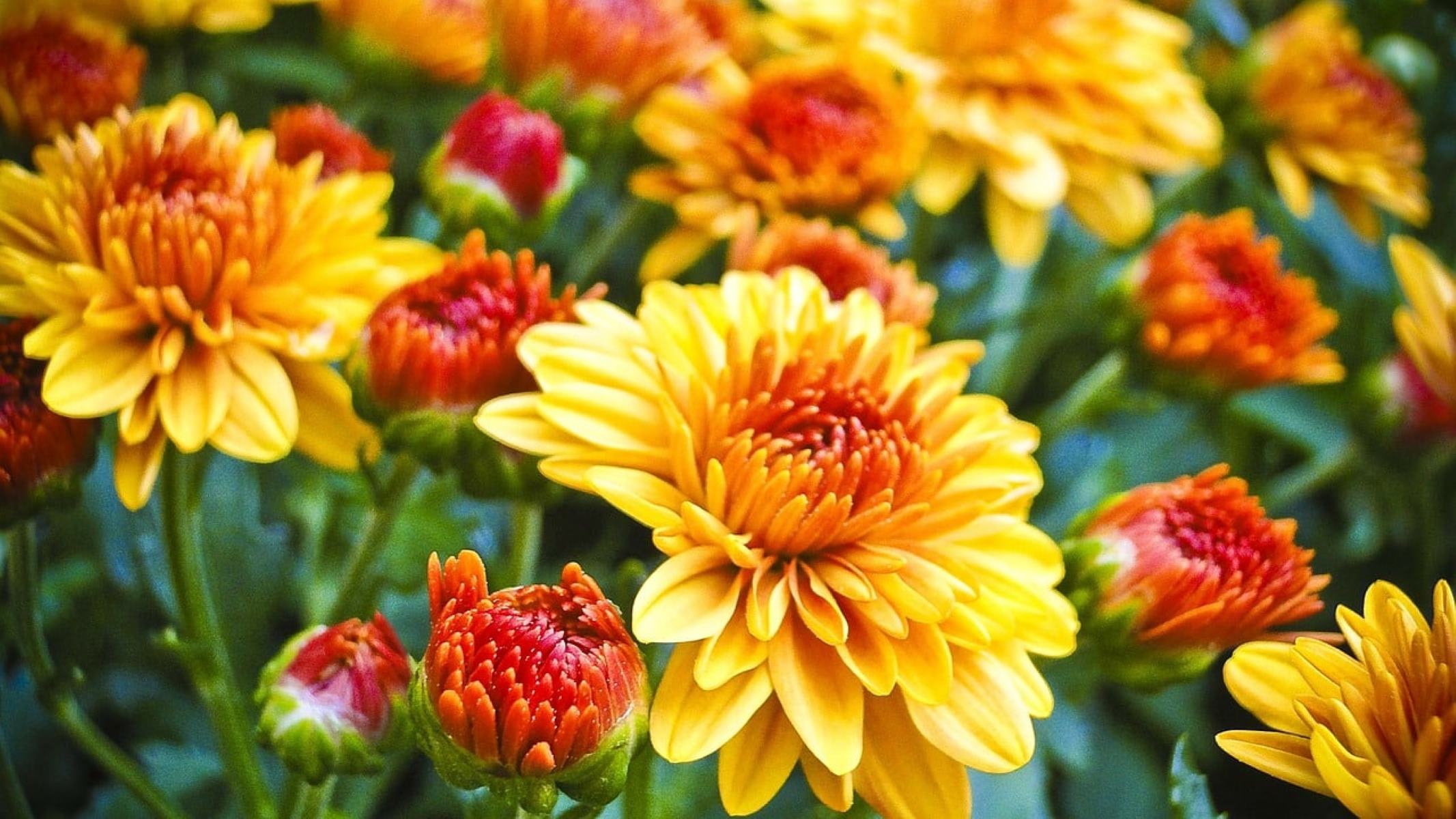
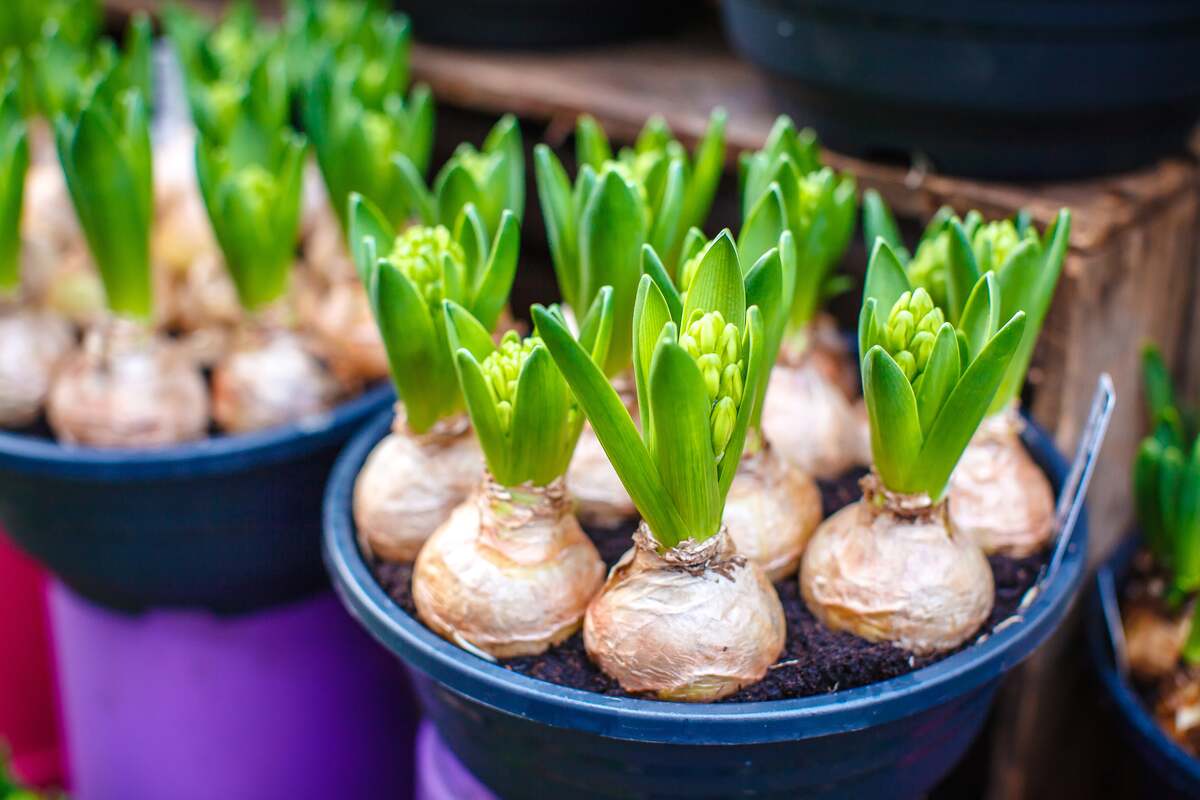
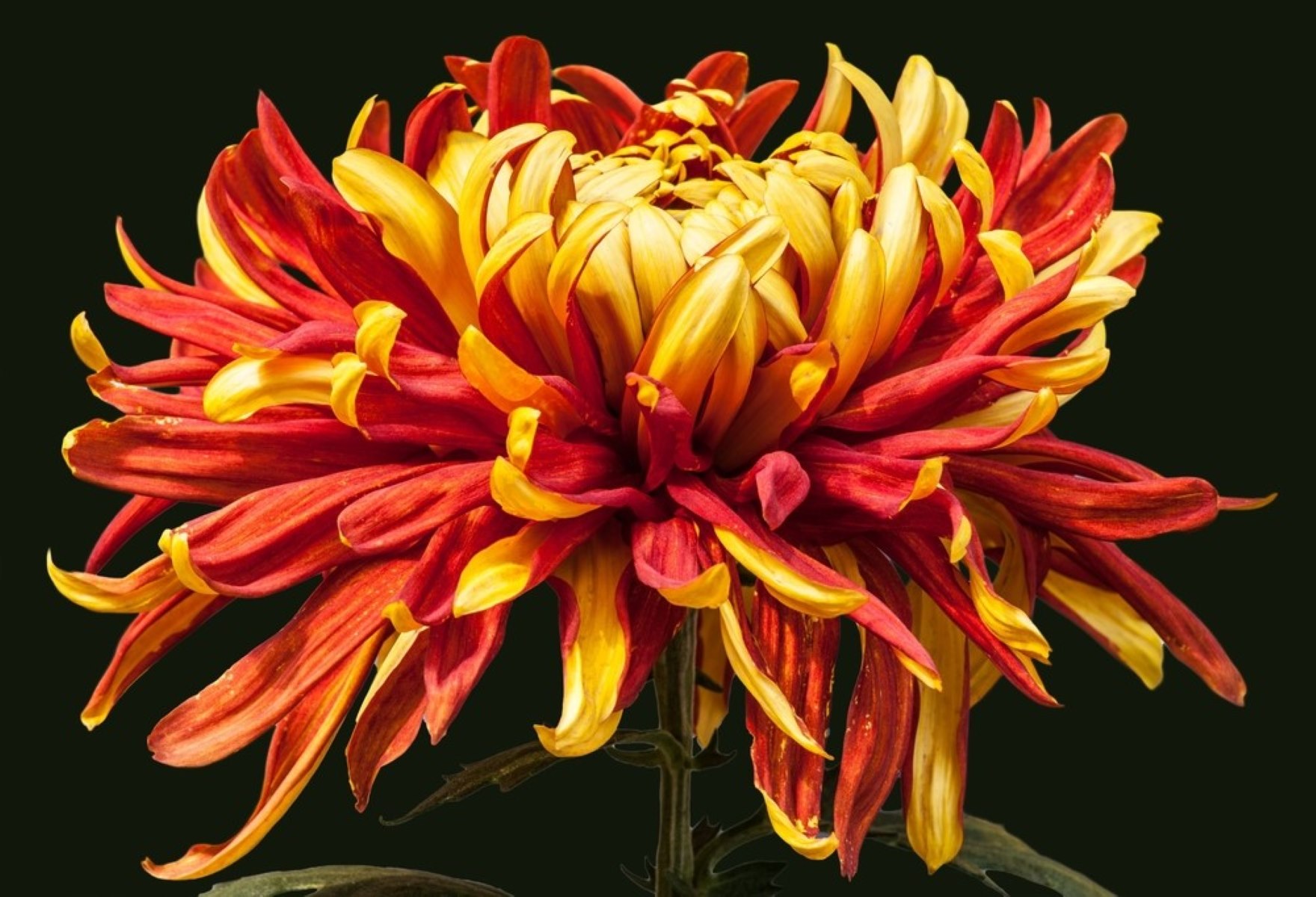

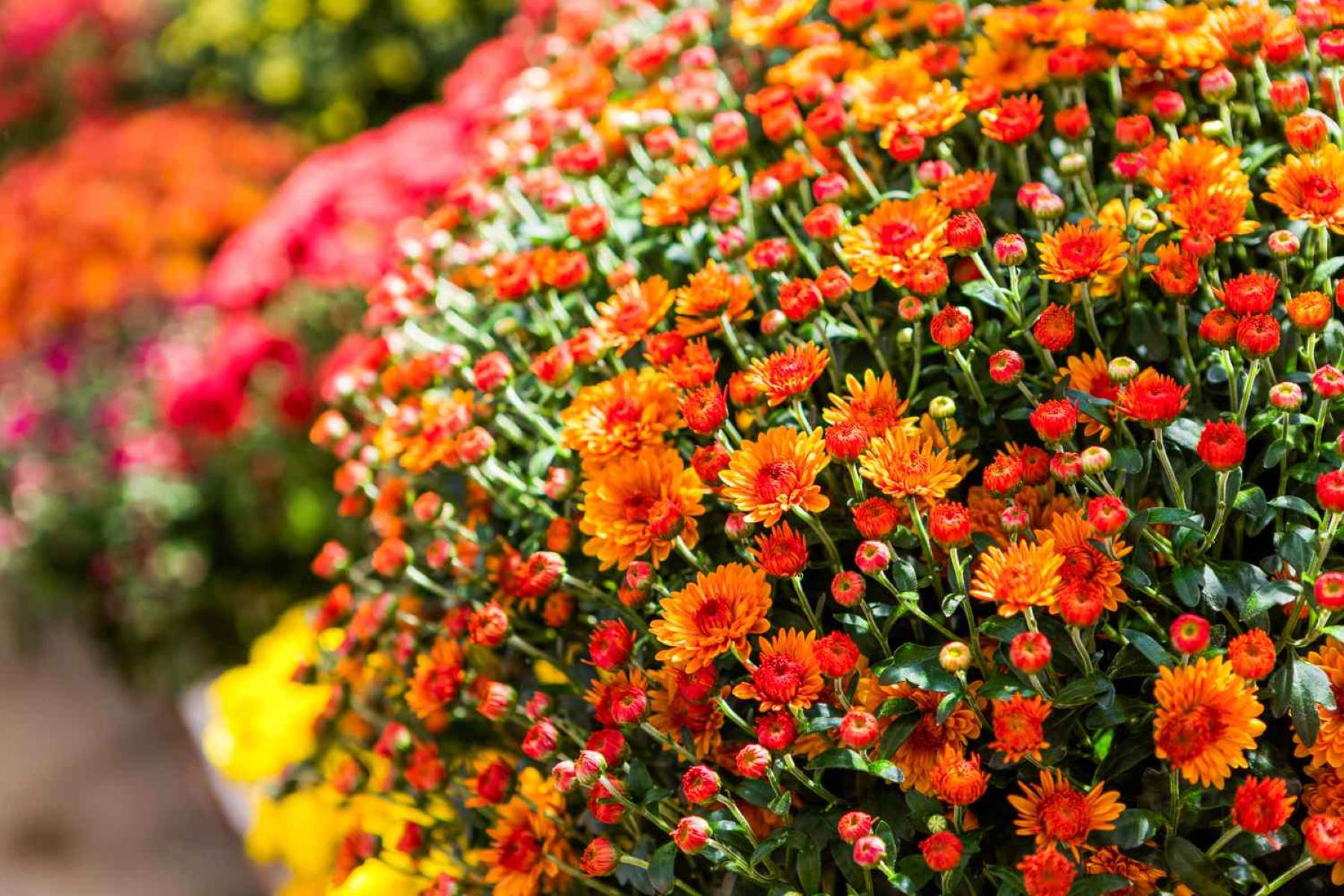
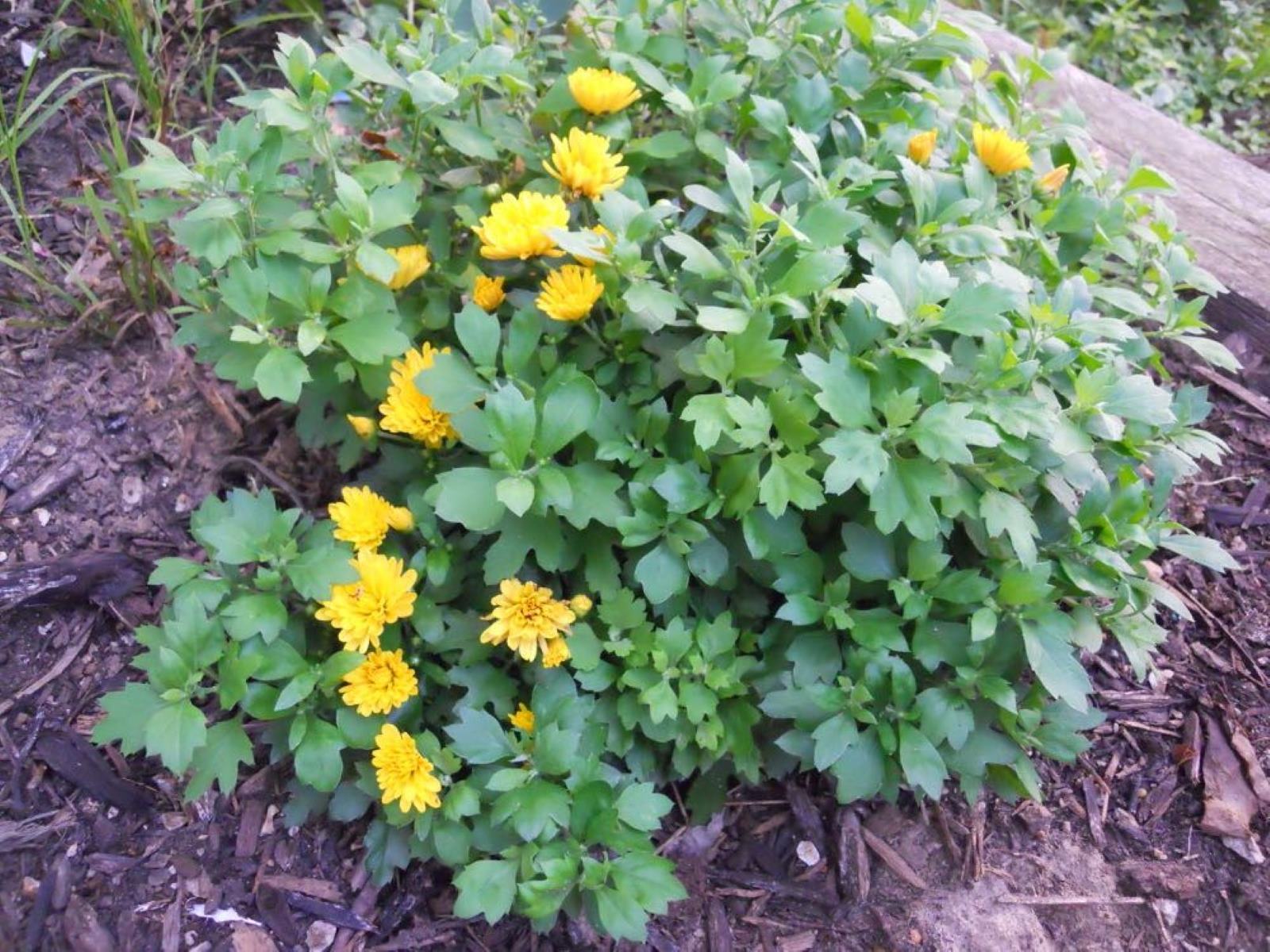
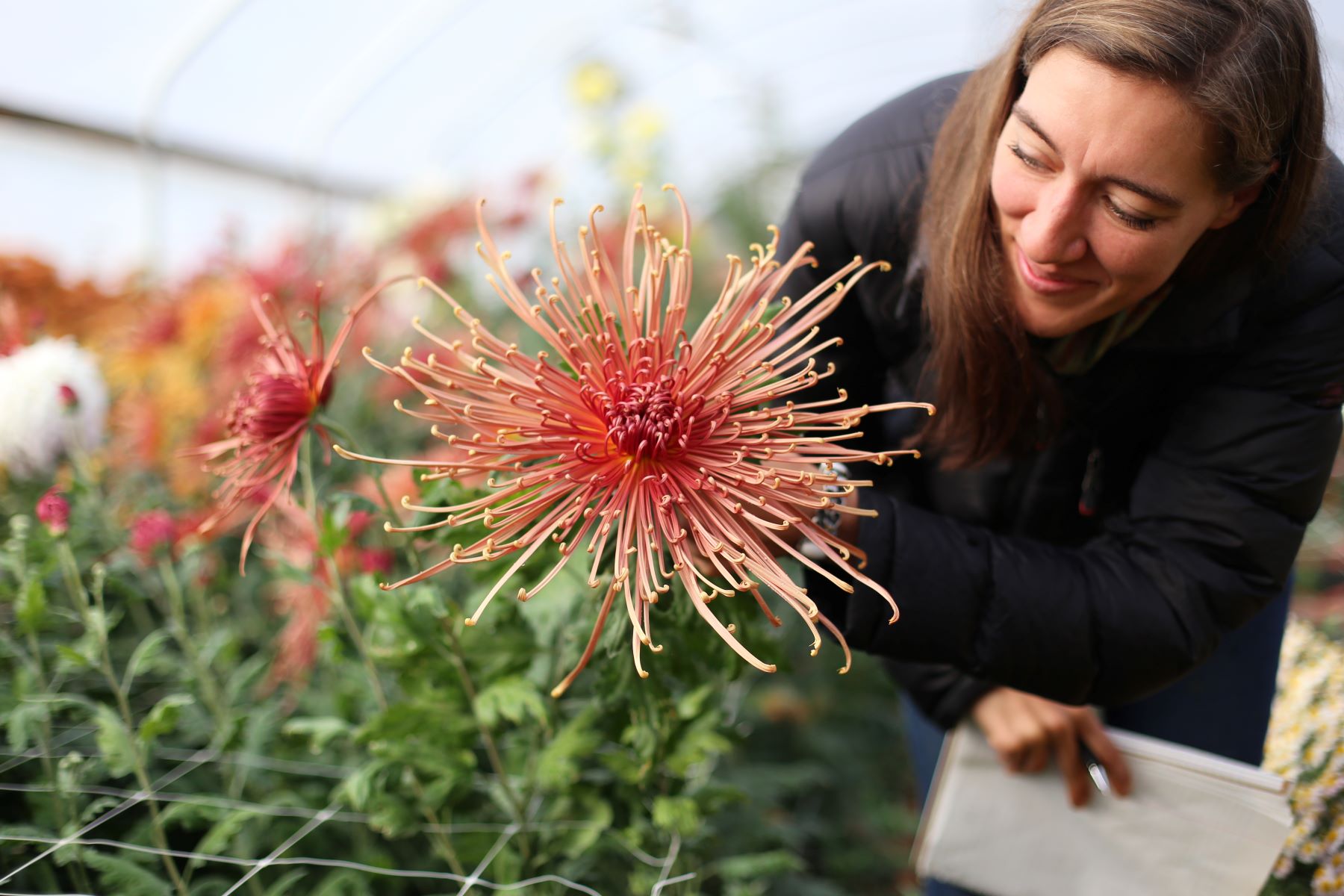
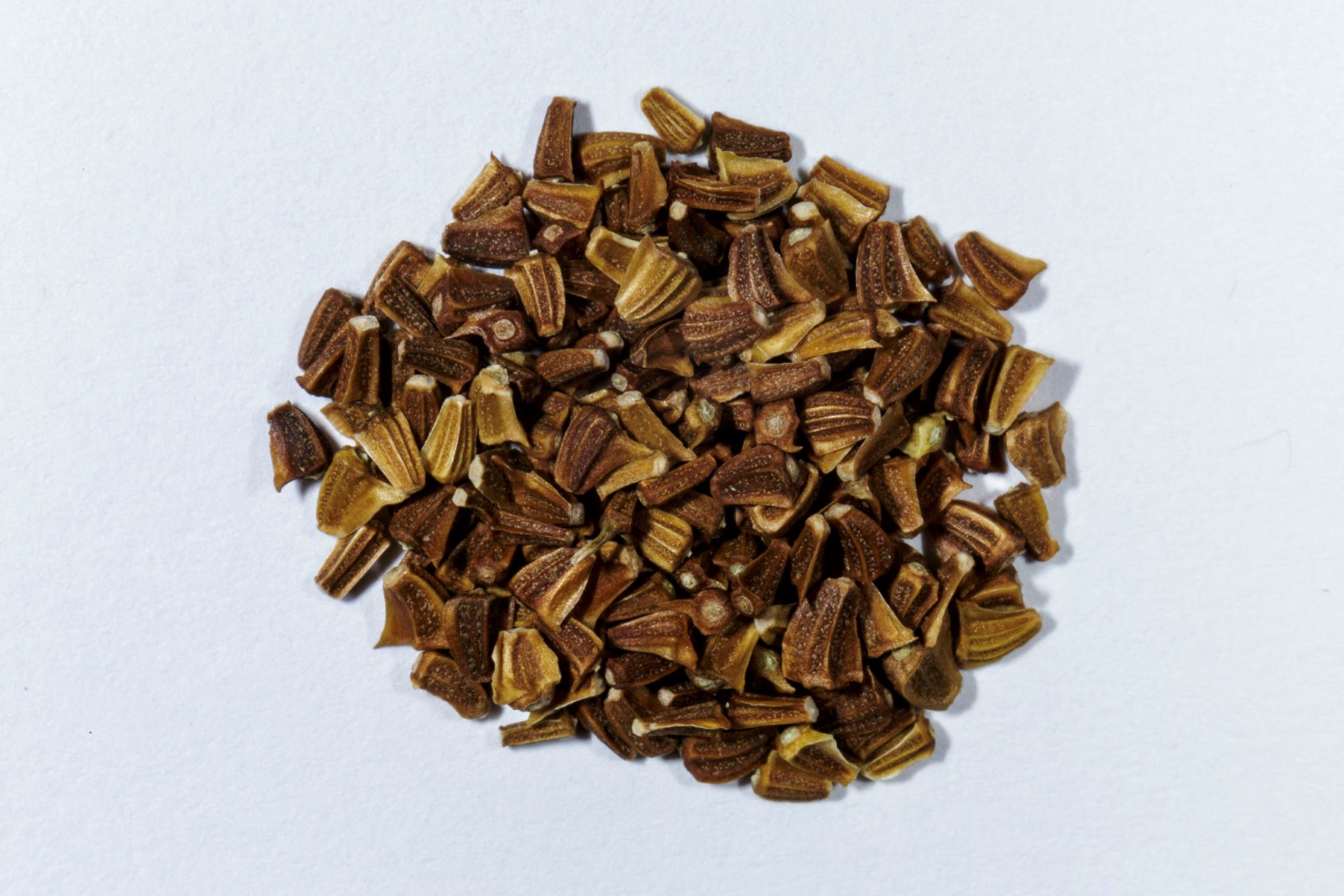
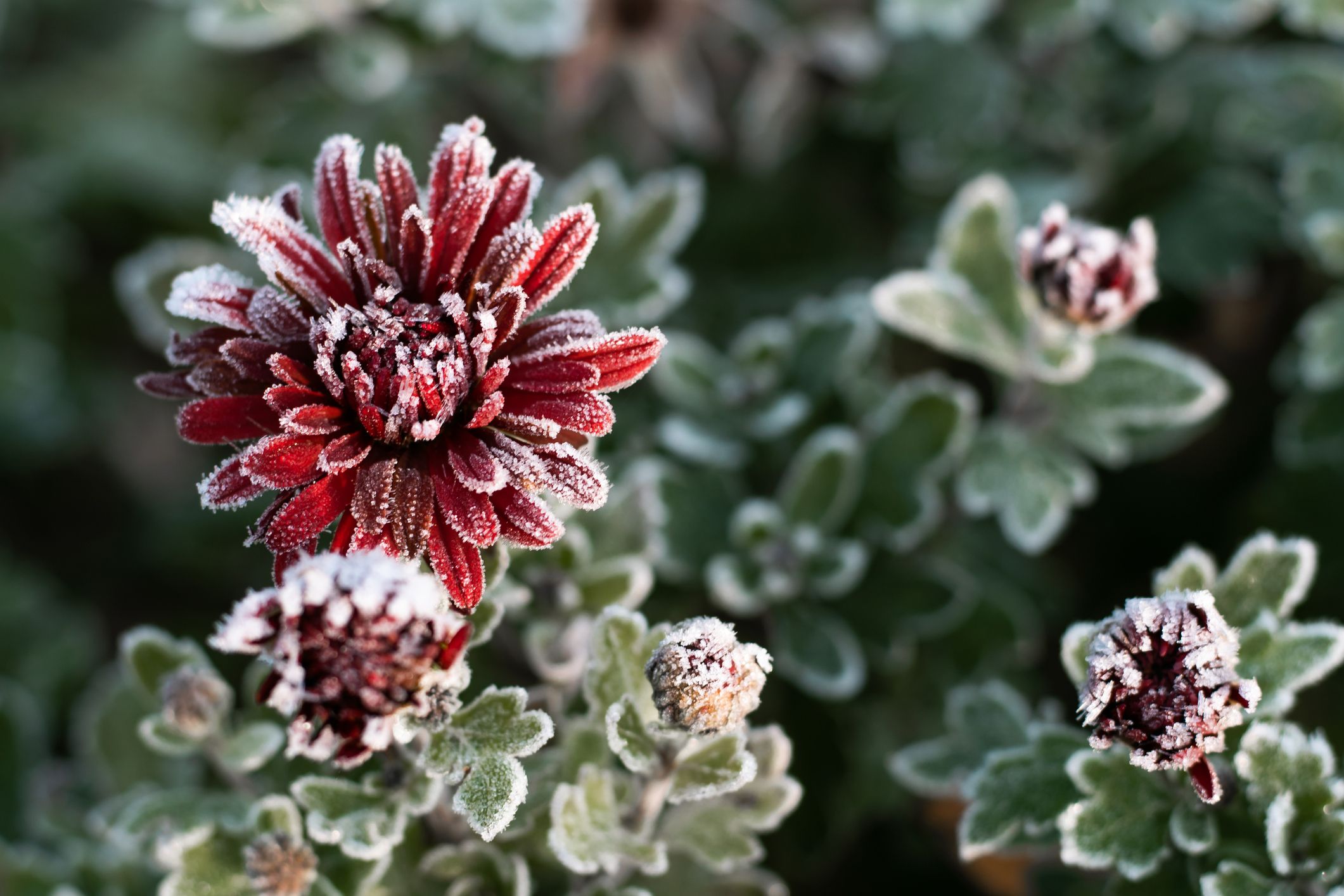

0 thoughts on “What Kind Of Flowers Are Mums”